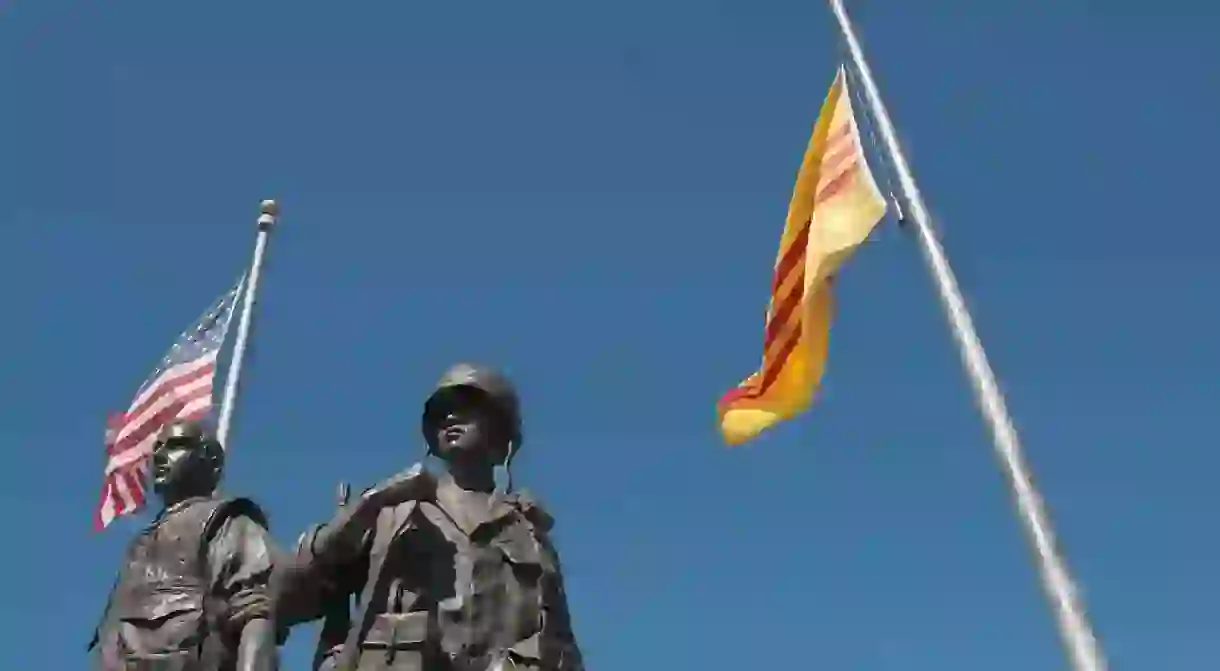Hidden Histories Of Orange County

Southern California, particularly Orange County, tends to get an undeserved reputation as a bland suburban neighborhood with no history. However, Orange County’s roots trace far back in time, offering insight into the complex development of Southern California.
Mission San Juan Capistrano
Church, Museum

Pacific Electric Railway
Museum

The Balboa Shuffle
Amusement Park, Park, Building

Little Saigon
While Orange County is often seen as a mecca of rich white conservatives, it may be surprising to learn that the county is home to the largest Vietnamese-American populations outside of Vietnam. After the Vietnam war and in the decades that would follow, refugees were taken to central spots around the country, one of which was Orange County. Refugees found sponsors among the many churches throughout the conservative area, allowing for settlements in Garden Grove and Westminster in particular, where now as much as one-third of the population is Vietnamese or Vietnamese-American. This led to an astounding variety of Vietnamese shops and restaurants, most prominently the Asian Garden Mall in Westminster. To commemorate the origins of the community, a Vietnam War Memorial is also located in Westminster.
Asian Garden Mall, 9200 Bolsa Ave, Westminster, CA, USA +1 714 379 9913

Irvine Ranch to Irvine Company
School, University














